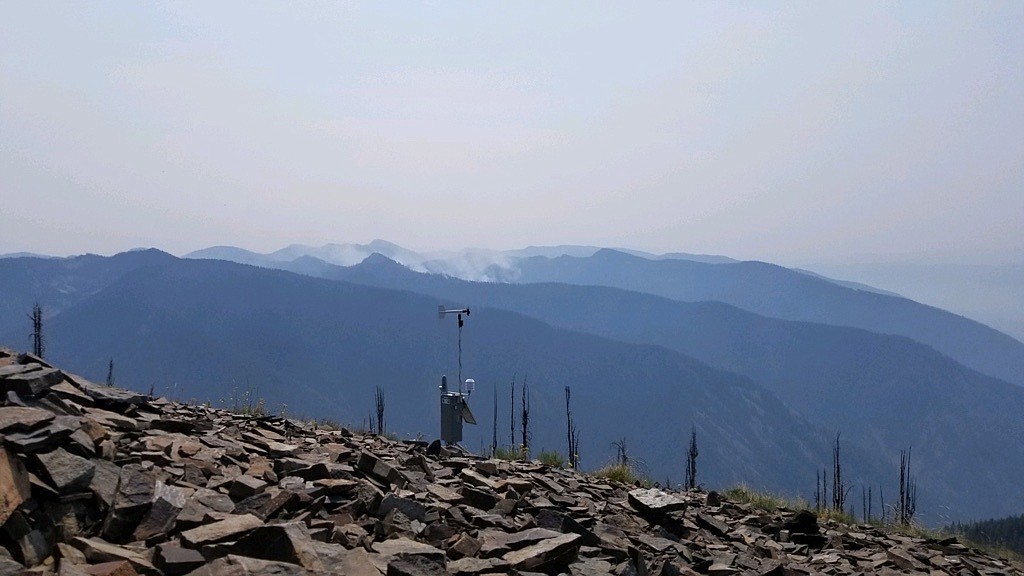Weather conditions continue dire fire forecast
Fire managers and weather forecasters continued their dire predictions for air quality and wild fires with continued hot and dry conditions throughout Western Montana this week.
But there is a small hope that showers and thunderstorms may accompany a weather front this week...
Become a Subscriber!
You have read all of your free articles this month. Select a plan below to start your subscription today.
Already a subscriber? Login



